Jesuitengarten Riesling GG 2016
Glass

Serving Temperature

Food pairing
-

-

-

Maturity
Ready, but will improveYou may like these...
More of the same producer
More about this product
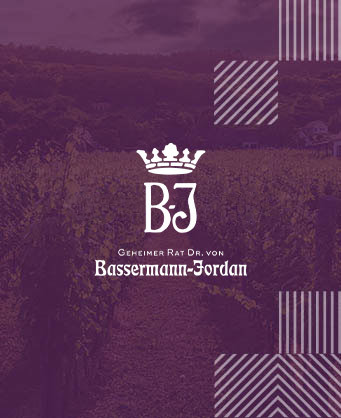
Bassermann-Jordan
The Pfalz is bordered on the north by Rheinhessen and on the south and west by France. For 80 kilometers, only vines stretch in front of you. This is the second largest wine region in Germany, but often the first in terms of production. The history of the Bassermann-Jordan winery is linked to the history of wine production in Pfalz. In 1718, Pierre Jordan bought the family's first vineyards in Pfalz, and Johann-Peter Jordan built the winery in Deidesheim sixty-five years later. At the turn of the century, Andreas Jordan was one of the first winemakers to vinify each plot with Riesling separately. The marriage between the Bassermann and Jordan families added the name Bassermann to the winery in 1883. The world-famous German writer and admirer of wine, Goethe, was a client in the early 19th century. Today, Bassermann-Jordan is among the top echelons in the world of wine estates.
All wines of the same producer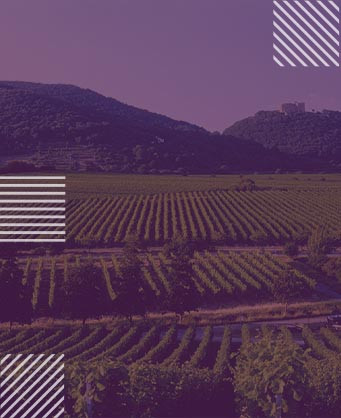
Pfalz
Пфалц е вторият по големина и един от най-важните винарски региони в Германия с около 23 500 хектара лозя. Само Райнхесен, на север, произвежда повече вино от Пфалц. Лозята са затворени в превъзходен пейзаж, който е дом на разнообразни сортове. Районът Пфалц е важен и за германската история, тъй като е имал централна роля по време на Римската империя. Лозята граничат с винарския регион Райнхесен на север и френския регион Елзас на юг. Регионът е разделен на две отделни зони. Спиращата дъха околност включва планинската верига Хаард, която е покрита с раститерлност, руини на замъци, редици овощни дървета, овощни градини и старинни села. Производството във винения регион Пфалц се характеризира с използването на съвременни технологии, но и традиционни лозарски методи. Виненият туризъм допринася значително за икономиката на Пфалц и много туристи посещават Пътя на виното. Този туристически маршрут е създаден през 1935 г. и все още привлича стотици хиляди посетители в региона всяка година. Това е един от най-топлите винарски региони в Германия. Лятото е сухо, но не прекалено горещо, а зимите са меки. Климатът е достатъчно мек, за да могат сортовете грозде и други култури да процъфтяват и да растат добре. Почвата е доста разнообразна в целия регион, с участъци от пясък, варовик, мергел, льос, гранит и няколко изолирани участъка със шисти. В северната част на района на Пфалц най-често срещаната почва е варовик, докато в южната част на Пфалц по-често се срещат льос и глинеста почва.
More wines of this region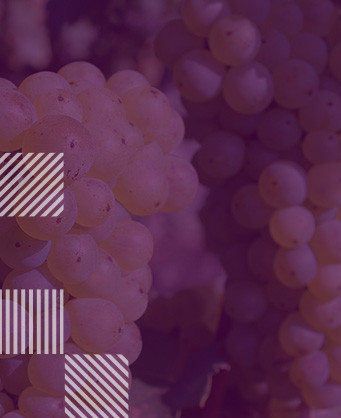
Riesling
Riesling is an aromatic white grape variety that produces wine in the entire range - from botrytized sweet (one of the best in the world) to dry and semi-dry varieties, with captivating aromas of citrus and stone fruits, as well as the typical petroleum aroma, which in certain terroir appearances can dominate sensitively. Riesling's homeland can be said to be the valleys of the Rhine and Moselle rivers in Germany - the variety likes cooler weather. Naturally, here are the main wine regions of the country (Moselle, Rheinhessen, Rheingau, Pfalz). The vineyards are located on the steep hills, making mechanisation difficult, so here the viticultural activities are mainly manual. The wines from these regions are fresh and with a pronounced acidity. However, Riesling in Germany is by no means the main variety, in fact another is the wine region in which this variety is most common - and this is Alsace in France (or Elsaß in German). Unlike the German Riesling, the French Riesling is more saturated and lush due to the specifics of the microclimate there - the Vosges Mountains provide protection from northern winds and cold, and the sun is more generous in this southern region. Outside of these countries, perhaps Austria also presents itself with an interesting reading of this often called king of white varieties, and some countries of the New World successful experiment with it as well.
More wines of the same variety
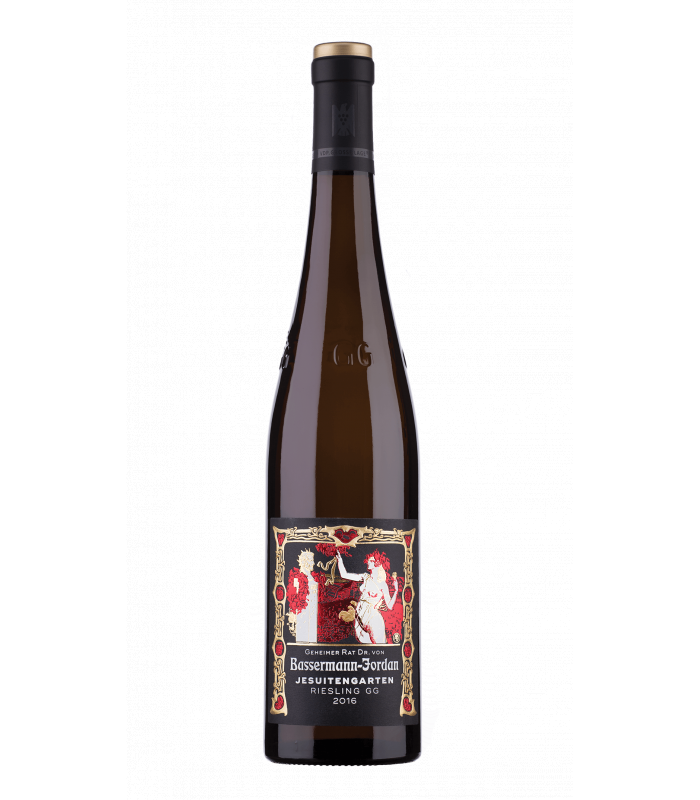






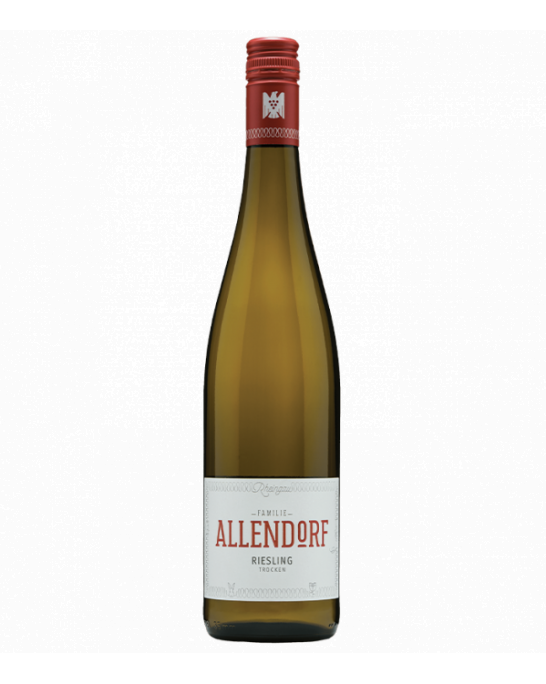

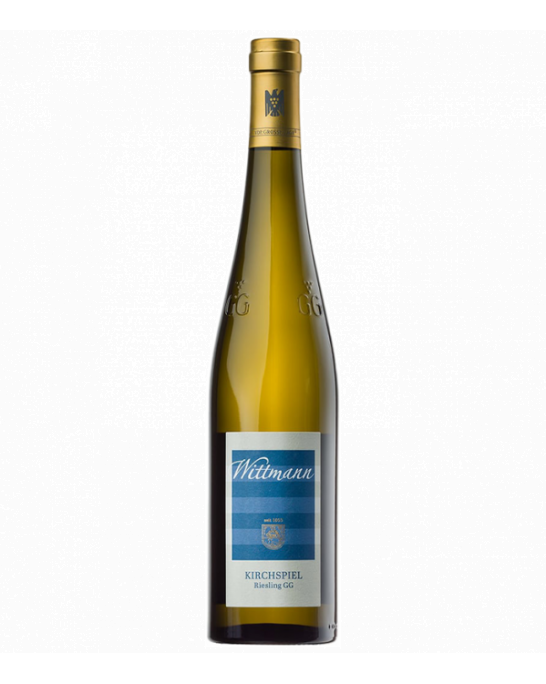
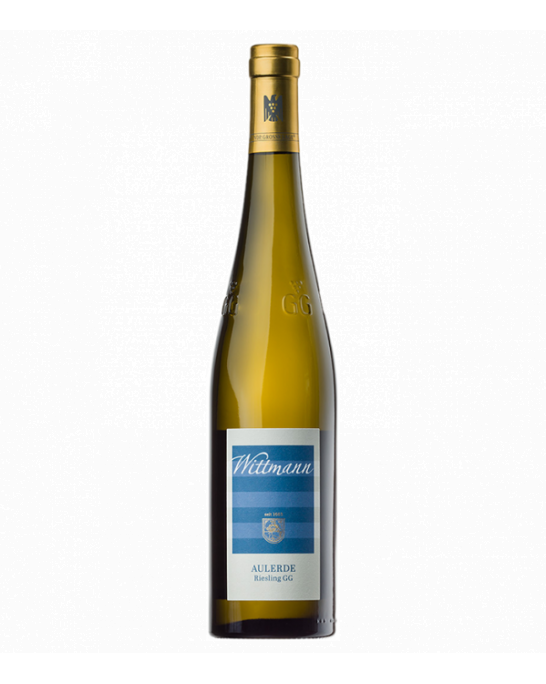
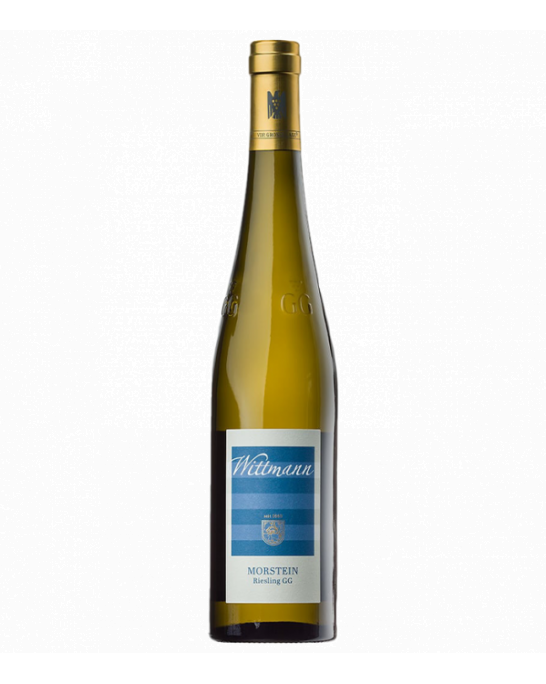
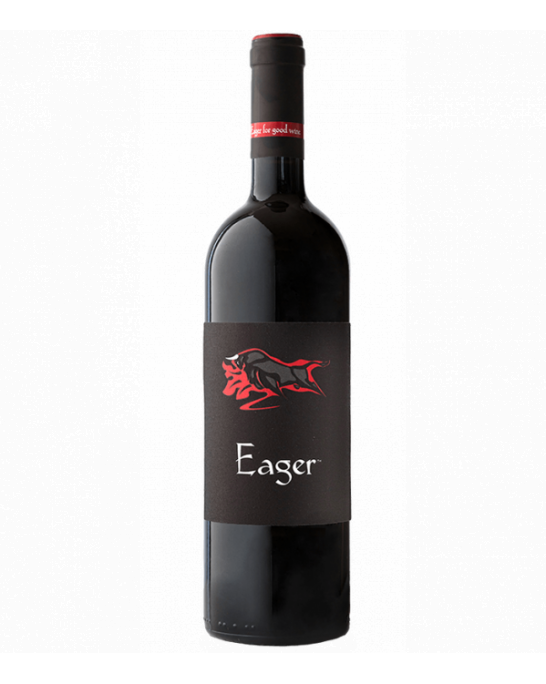
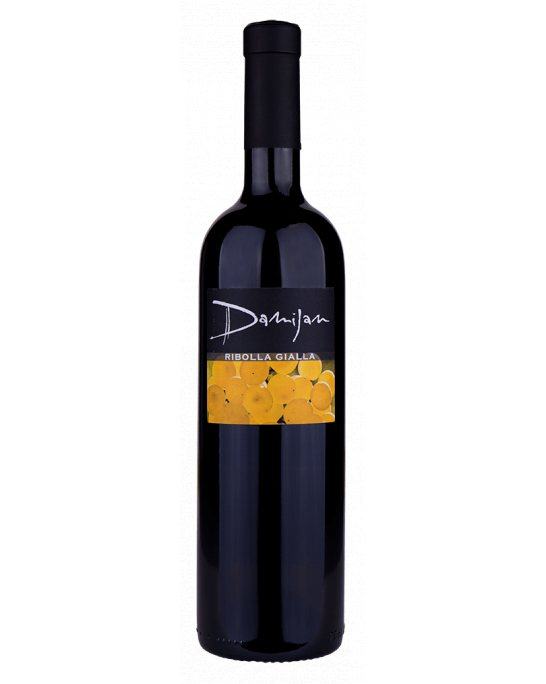
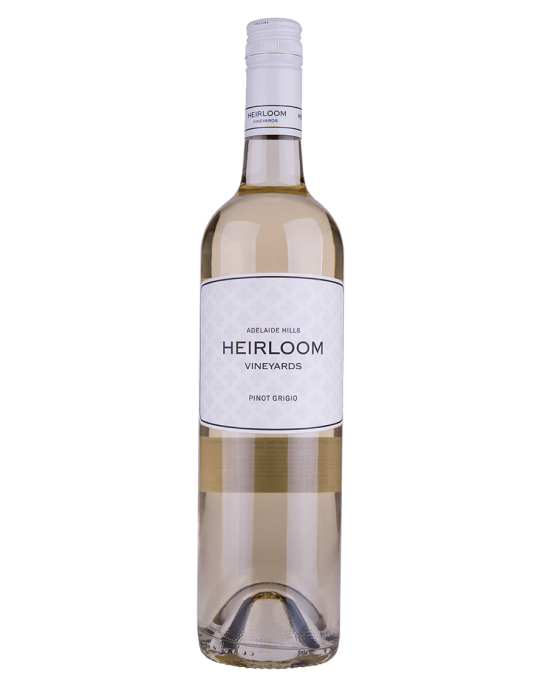
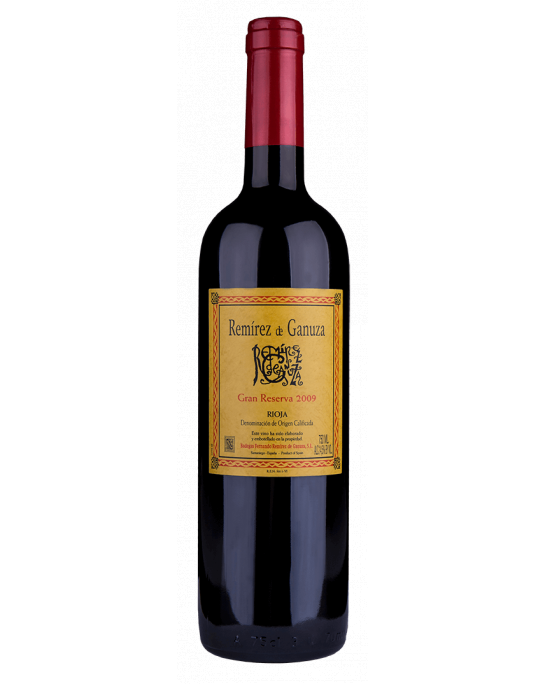
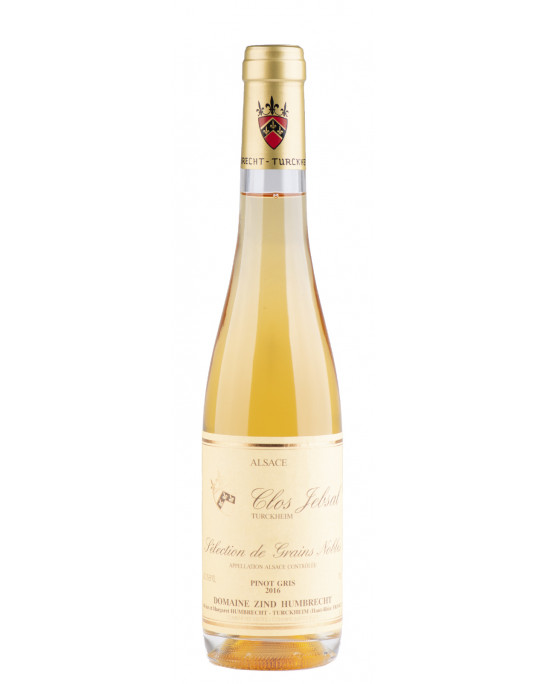
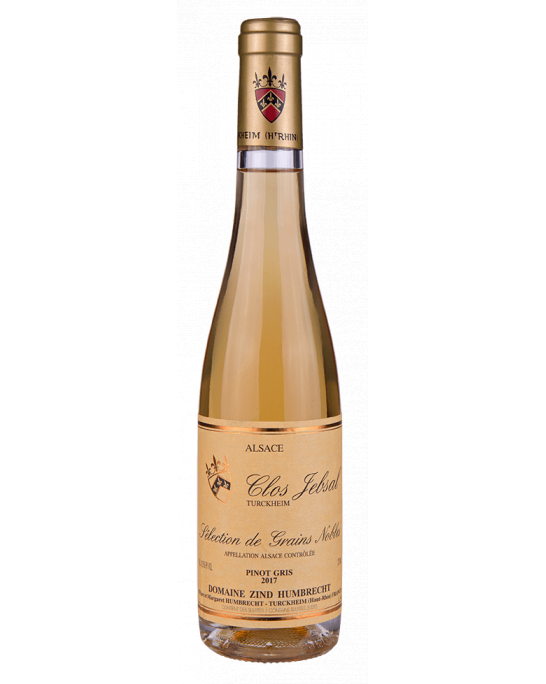
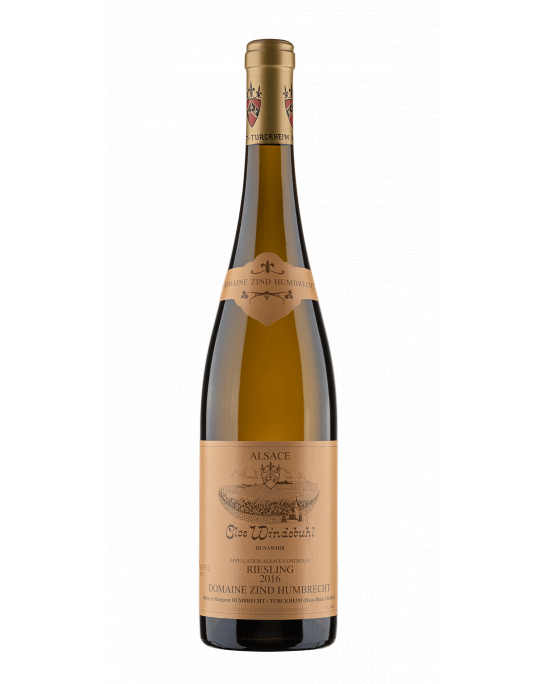
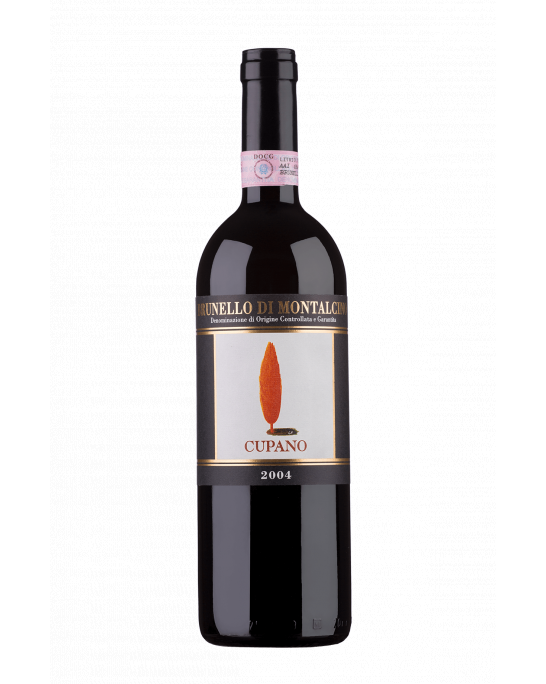
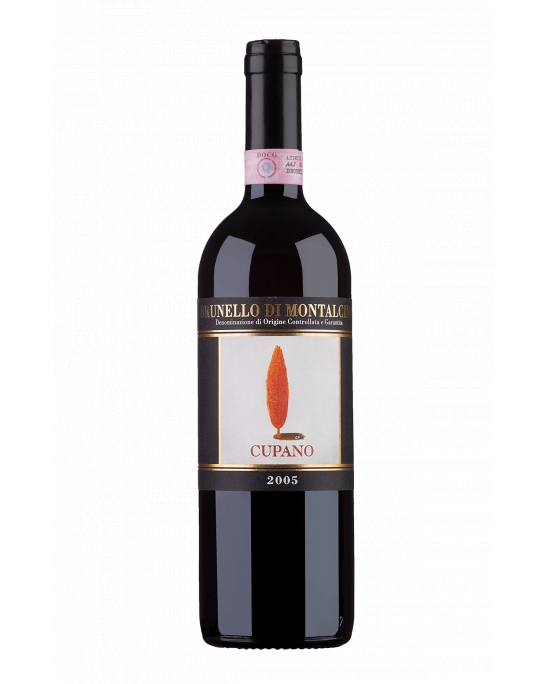
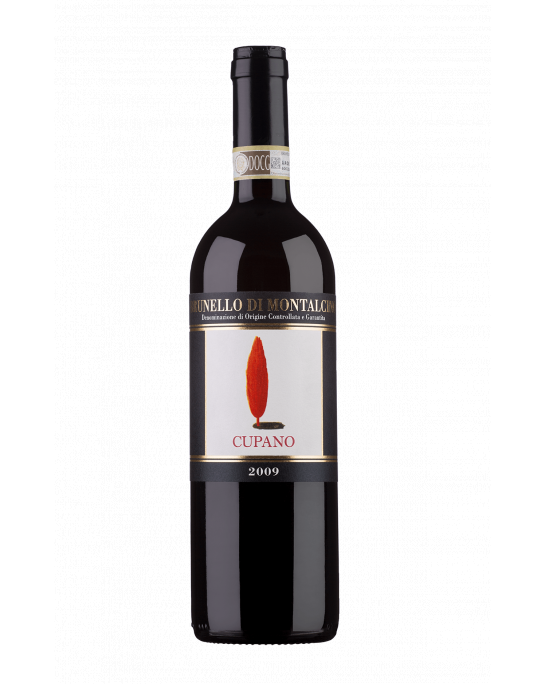
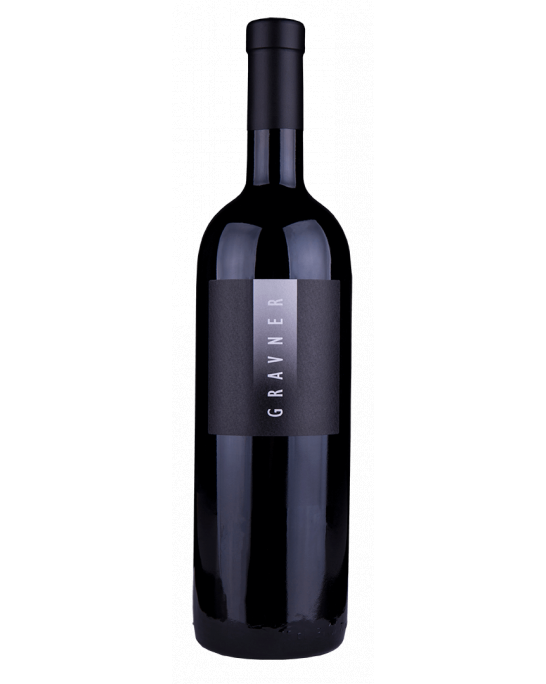
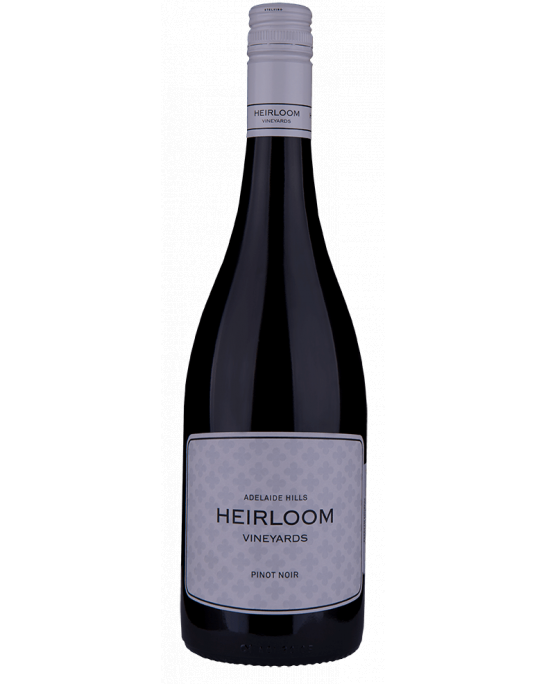
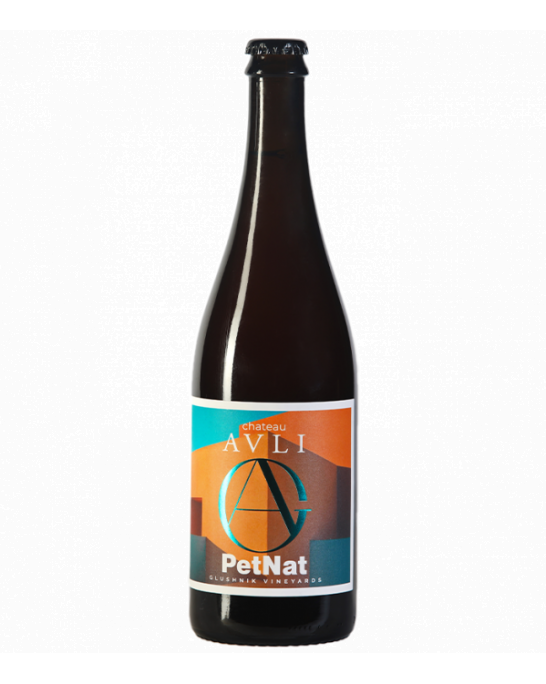
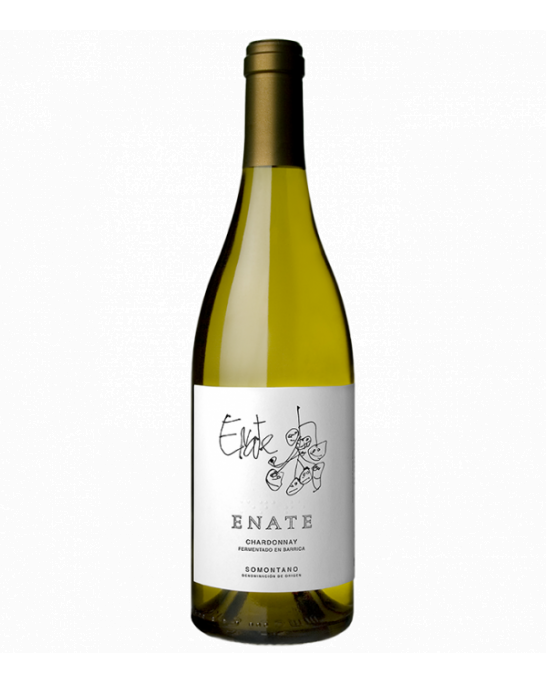
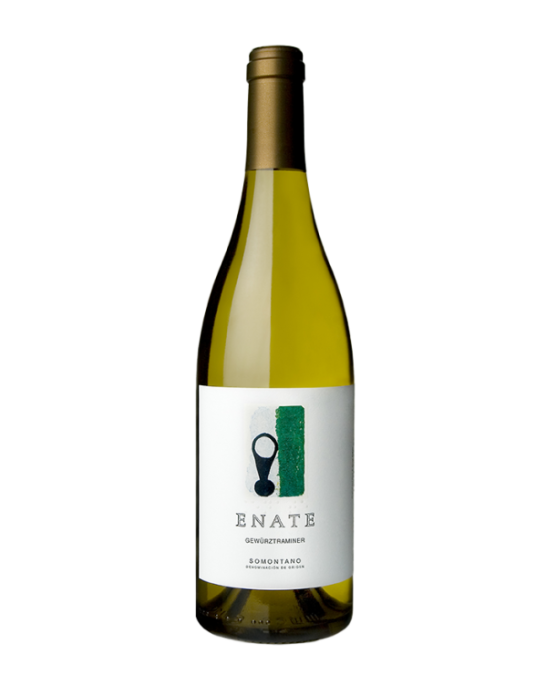
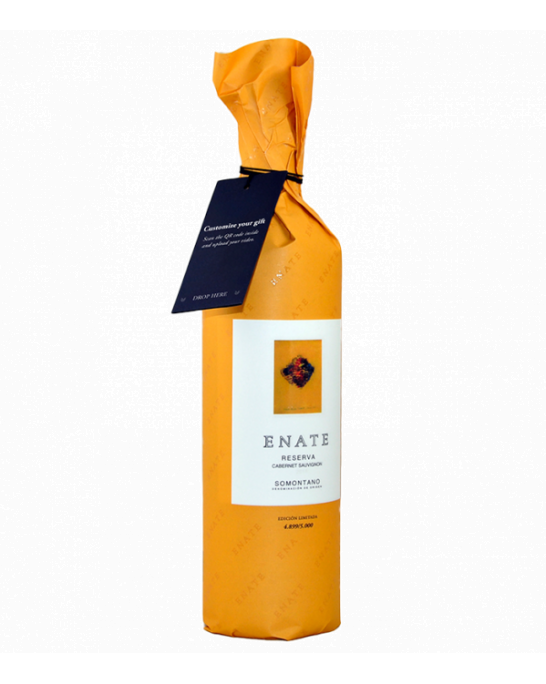
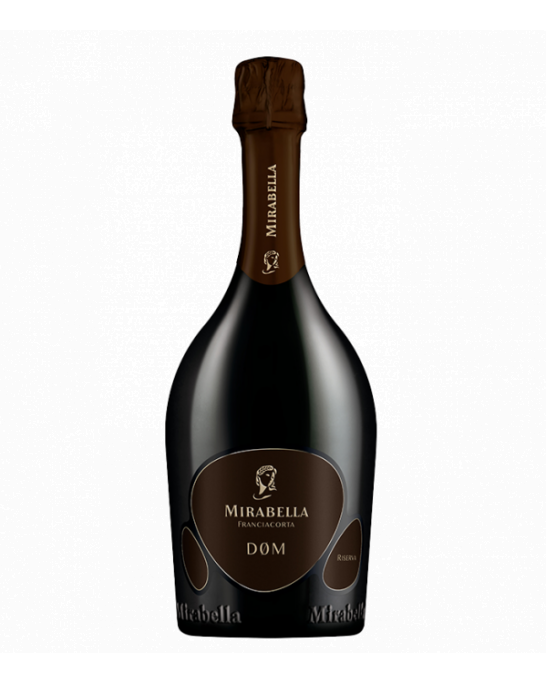
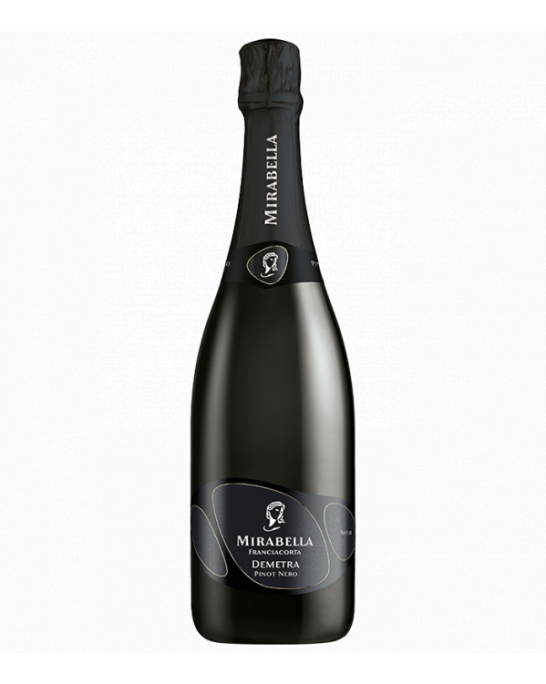
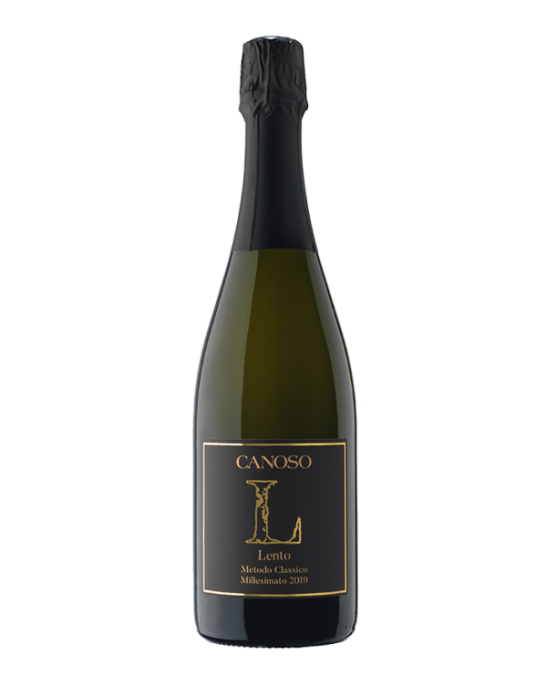
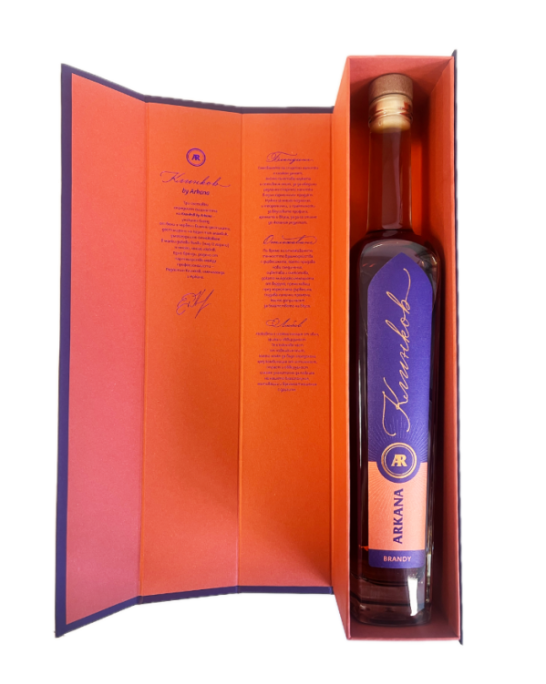
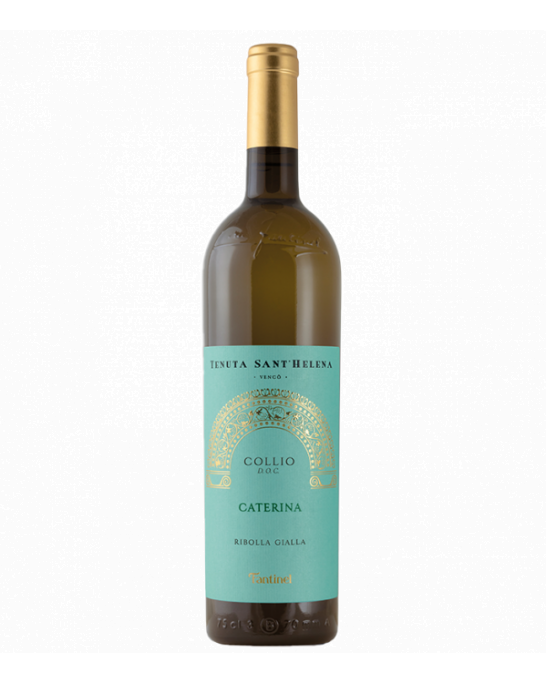
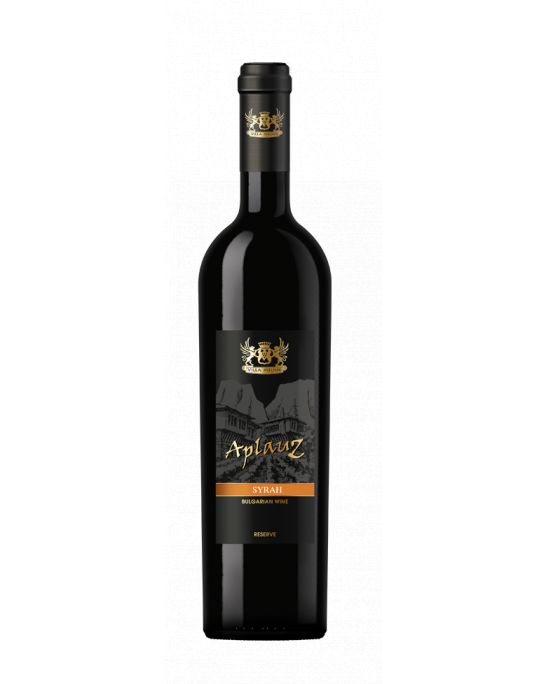
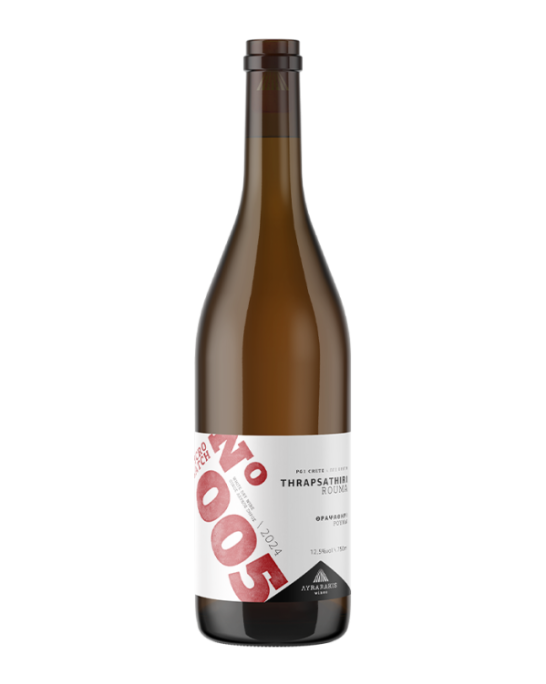
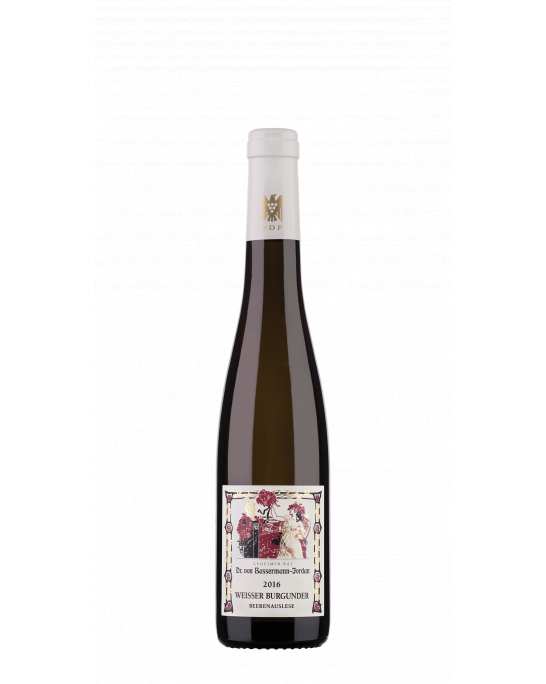
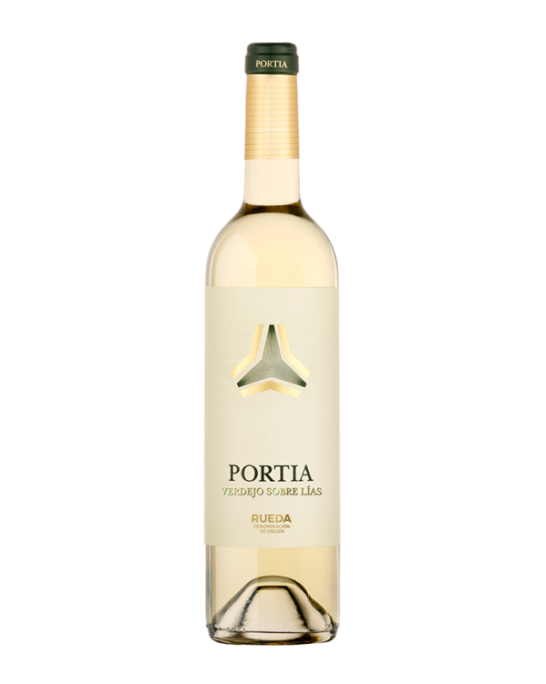
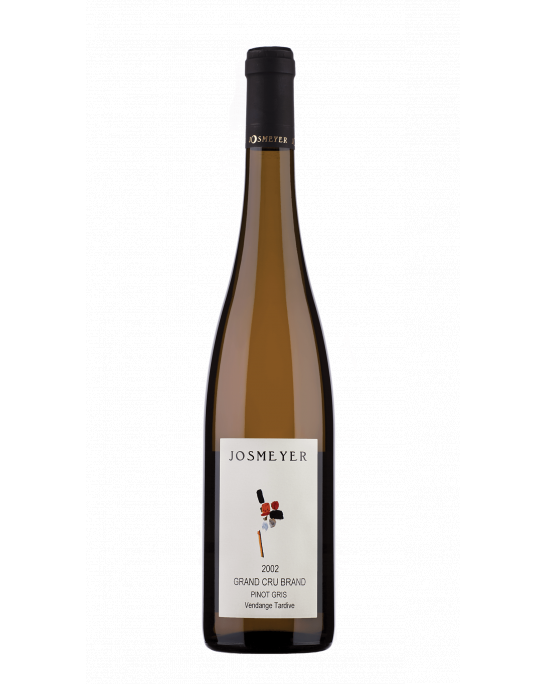
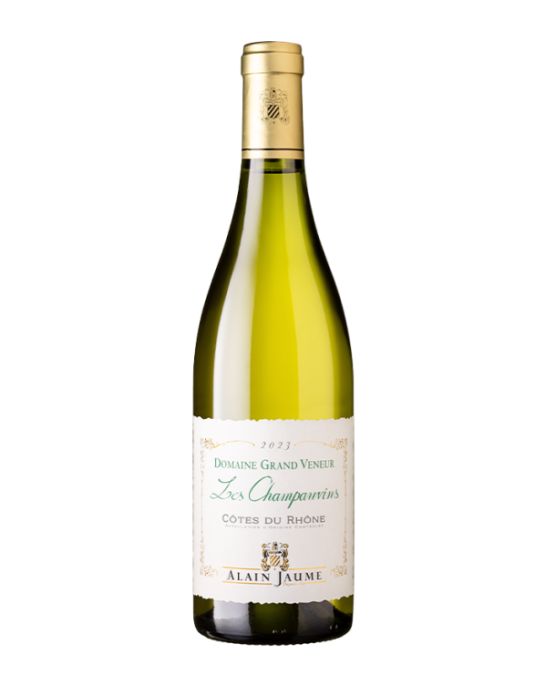
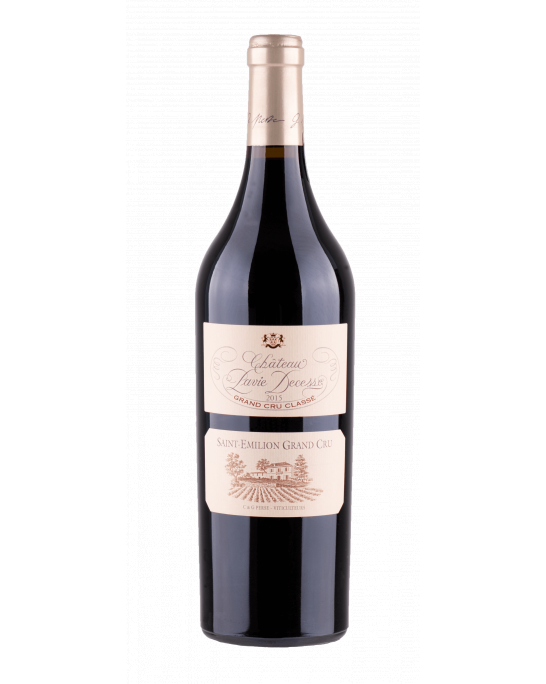
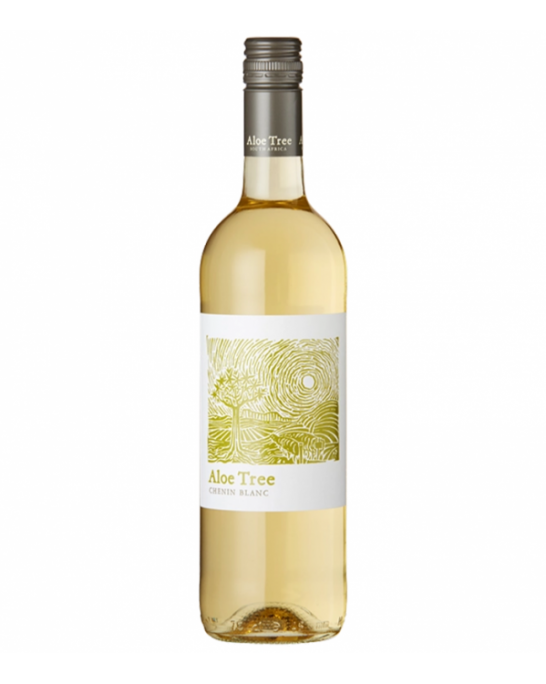
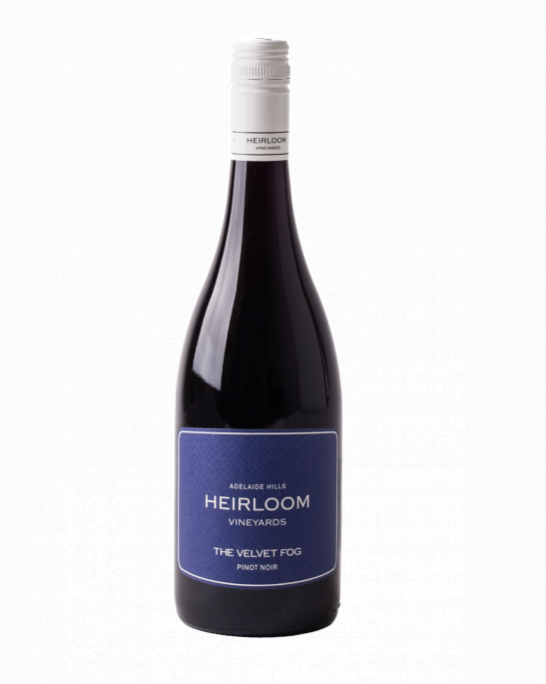
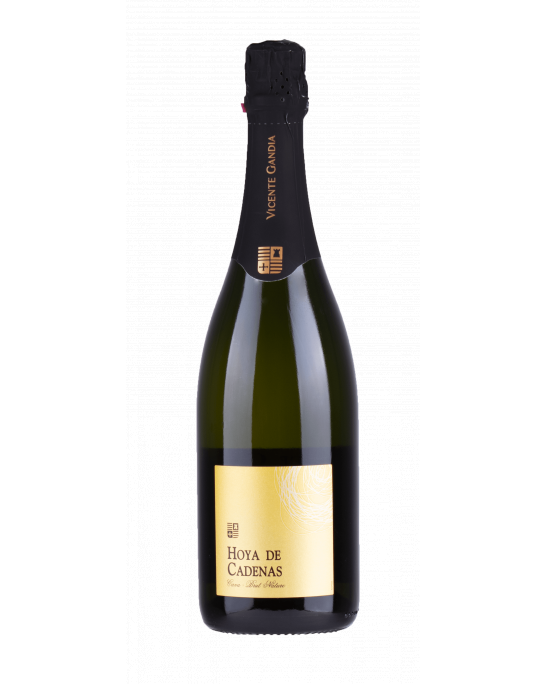
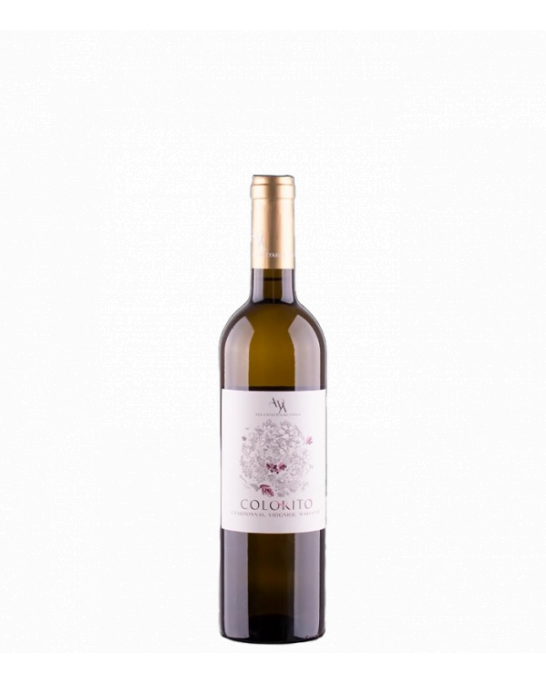
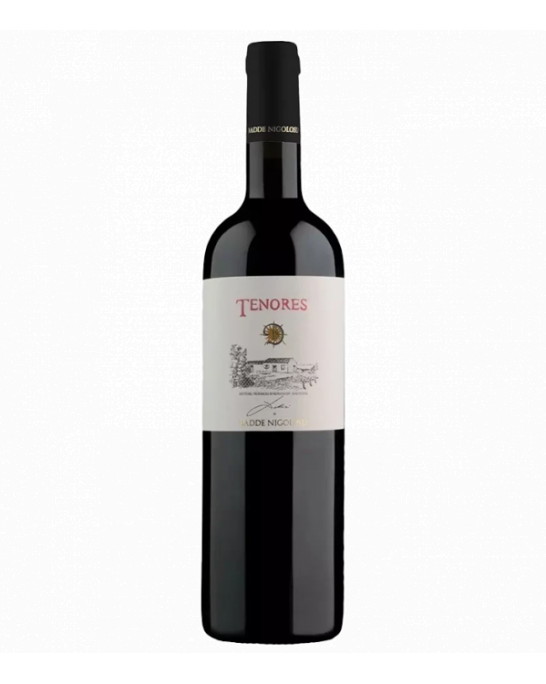
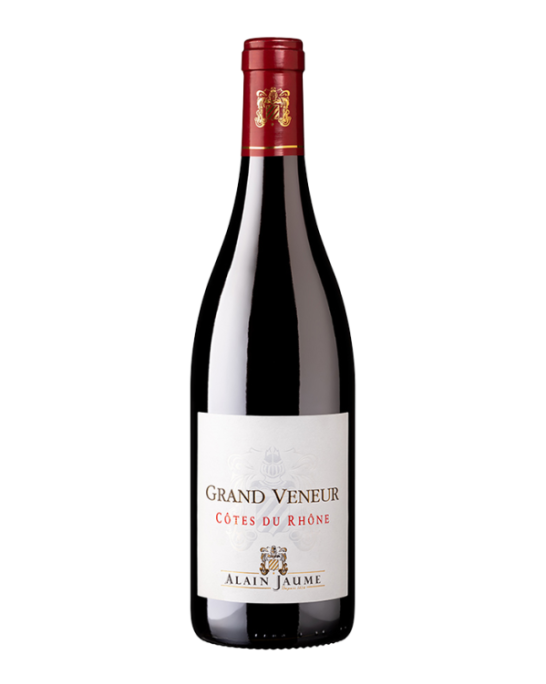
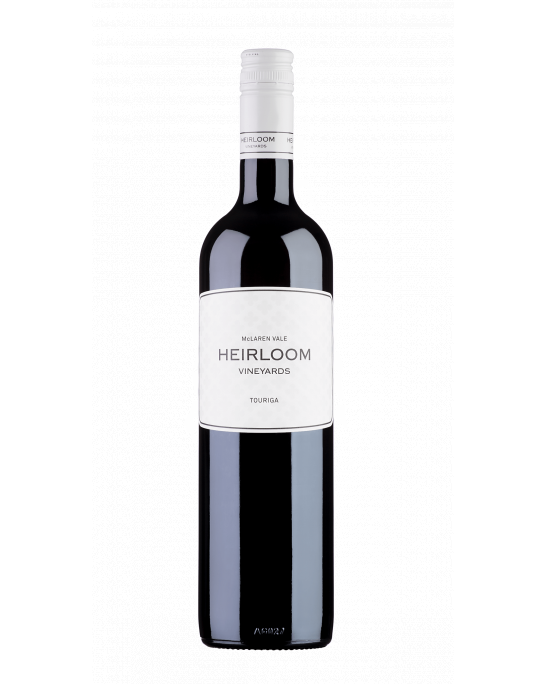
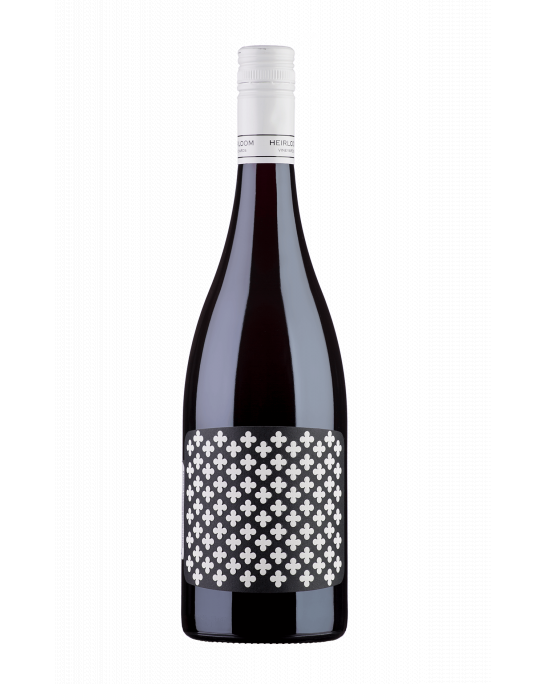
Customer reviews
No reviews available
Be the first to review